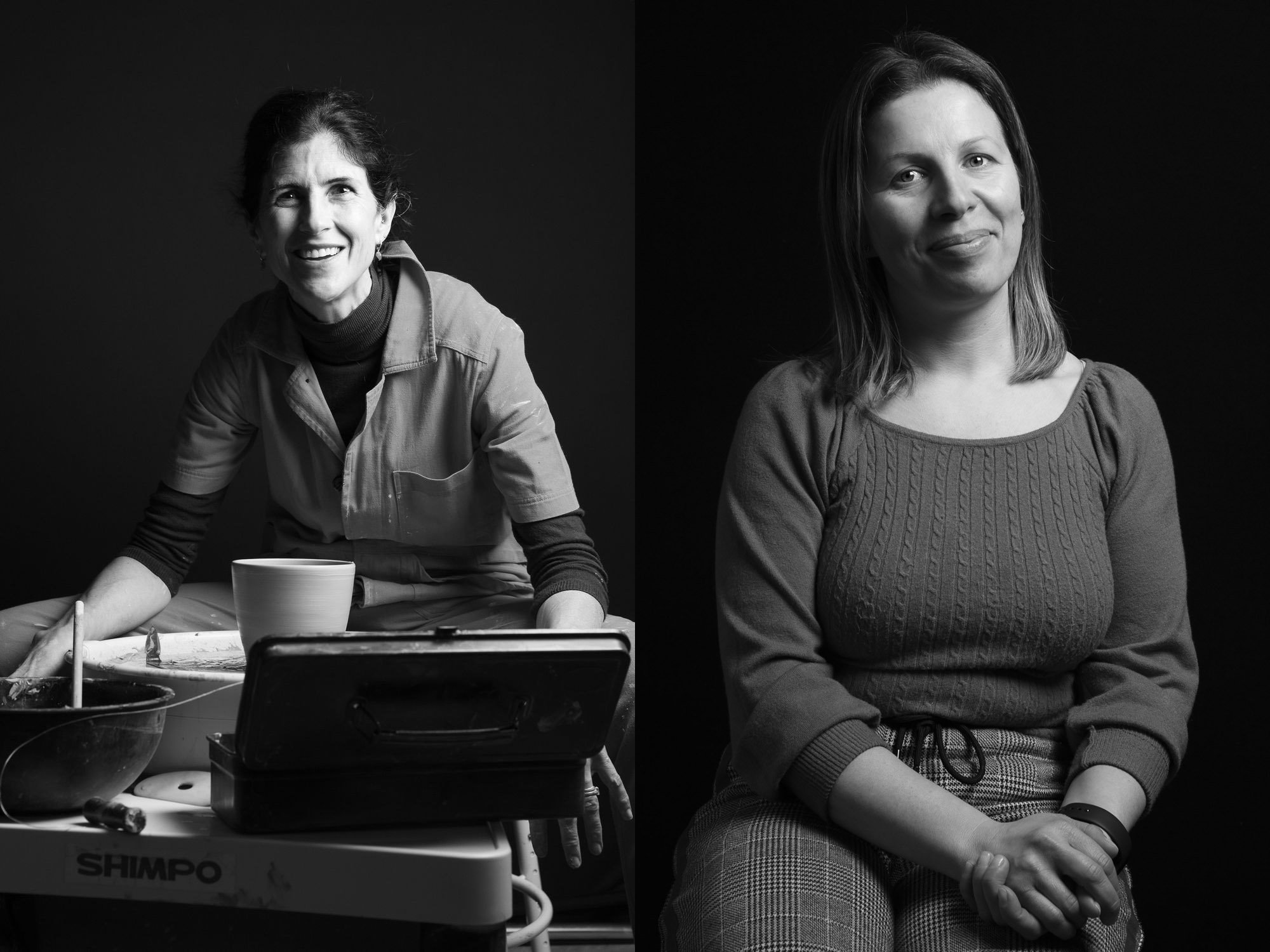IN:VISIBLE WOMEN
“we all move forward when we recognise how resilient and striking the women around us are”
Artist Statement
The feminist struggle is not new. Here, I seek to update and situate the current struggles of women by referencing the change, or lack of change, from generation of my own mother in 1970s & 80s. This period saw an explosion of art, activism and debate around the right to work outside the home and wages for housework inside the home. My specific reference is to the installation Women and Work: A Document on the Division of labour in Industry 1973-1975 by Margaret Harrison, Kay Hunt and Mary Kelly, which explored the experience of women working in a metal factory in Bermondsey, London. This formed a part of the Women in Revolt! exhibition at Tate Britain 8 November 2023 - 7 April 2024.
The seeds of this project began at end of the series of Covid lockdowns in 2021, where home became a collision zone for many kinds of work. As a freelance science journalist my workload doubled, I had a young daughter to homeschool, a vulnerable mother who needed to be sheltered, and the work of my home. In the conversation about essential workers that ensued I thought a lot about how we recognise and reward the work of caring for one another, ourselves and the world around us.
This is a story derived out of personal experience, and for that reason I have included my own with Kasia. Our portraits were taken together in the same day, hers by me and me by her. She remains 'essential' to me - my colleague, my muse, my family.
This work is ongoing. There are several women with whom I have made portraits who are not yet featured here because the full extent of their stories are not yet complete. Every working woman's life is a full life, and finding even 15 minutes for a portrait can be a challenge.
I would like to include stories from a range of diverse backgrounds, cultures and ethnicities within the Greater London area. If you would like to be part of this project please get in touch with me via the contact page.
This work details the visible and invisible hours of seven pairs of women: a professional woman who goes out to work, and the woman she pays to work at home. It seeks to highlight the burden of unpaid work that exists today for all women - work held in mind for professional women, and embodied in the labour of the woman she pays to cook, clean and care for the home. It shows how the network of women's labour plugs the gaps in our family life and social services, effectively subsidising our economies.
In:Visible Women prompts questions about generational change. It references the work of the second wave feminist movement by using the formal black and white portrait and work receipt type face of the 1970s on the outer portraits. The inner portraits are the colour collages in vogue today, showing the informal, energetic stretch of the continuous manual labour that a home requires. Some change is visible: women are in the professions, some are women of colour but less than is desirable. Unfortunately, it still requires the work of two women for one to be counted in today's economic figures, because women's empowerment is only measured by presence in the professional workforce. One woman is there because the other woman makes it possible, and the other woman at home remains uncounted and invisible.
In:Visible Women also asks what we can really understand in the photography world from a single portrait. How do we show the subtleties of personhood, personality, and life experience? The words and the layers in the work are an essential means of addressing this question.
From London. With all women.







